Search Results for 'British government'
83 results found.
University of Galway researchers working with indigenous Amazonians to document Casement story
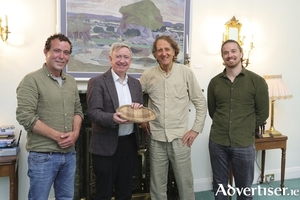
Researchers at University of Galway are working with indigenous peoples deep in the Colombian Amazon to document their story -building on the legacy of Roger Casement.
Galway 2020 needed €100m to guarantee success, says new study
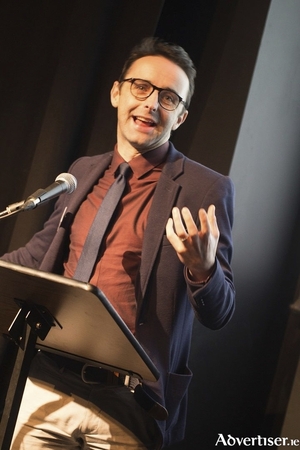
Galway’s 2020 City of Culture needed €100m of State funding to guarantee success, according to a new study.
The Amazing Miss Anderson

Looking at the photograph of Emily Anderson on this page, the only formal portrait of her other than some distant group shots, it is difficult to imagine that this interesting Galway woman was probably the best codebreaker in the British Secret Service during the First and Second World Wars.
‘A man ran shouting: Lord Cavendish and Burke are killed..’
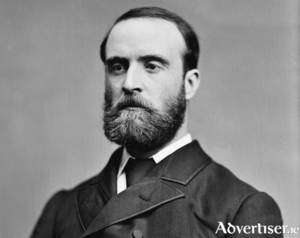
The Maamtrasna Murders happened at a time of deep unrest in Ireland. Three years previously, the most effective protest against the insidious landlord domination of the vast majority of the Irish people found expression in the Land League. It was established on October 21 1879, in the Imperial Hotel, Castlebar, by a former Fenian prisoner Michael Davitt. In a sweeping revolutionary statement, the League proclaimed the right of every tenant farmer to own the land he worked on. Because of the abuses heaped on tenants by some landlords, it had an immediate impact.
Rats ate the nuns’ Christmas dinner
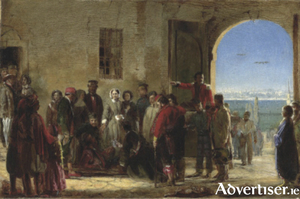
In the hopelessly disorganised Allied army which fought Russia in the Crimean War 1853 - 1856, 15 Sisters of Mercy from Ireland played an heroic role in establishing revolutionary nursing practices in the chaos of the terrible hospitals of the day. They undoubtedly saved hundreds of lives, and brought comfort to the young injured and dying men, and laid out principals for modern nursing which were widely regarded as the standard for decades to come.
Rats ate the nuns’ Christmas dinner Week IV

In the hopelessly disorganised Allied army which fought Russia in the Crimean War 1853 - 1856, 15 Sisters of Mercy from Ireland played an heroic role in establishing revolutionary nursing practices in the chaos of the terrible hospitals of the day. They undoubtedly saved hundreds of lives, and brought comfort to the young injured and dying men, and laid out principals for modern nursing which were widely regarded as the standard for decades to come.
Liam Mellows, enigmatic republican and notorious irreconcilable

William Mellows was born in Ashton-under-Lyne, Manchester, where his father, Staff Sergeant William Mellows, was then stationed. His father had ambitions for the son to become the fourth generation of the family to serve in the armed forces, but after they moved back to Ireland, Liam became steadily disillusioned with the British Government. He lived in Dublin for a time and spent a lot of time living in his grandparents' house in Co Wexford, where his mother came from.
‘Irish dockworkers fought elbow to elbow with old Jewish men in Hasidic hats...’
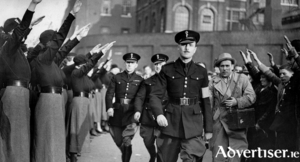
William Joyce’s notorious broadcasts to Britain, which continued throughout the six years of World War II, initially came from the studios in Berlin, later transferred to Luxembourg city, due to heavy Allied bombing, and finally from Apen, near Hamburg. The broadcasts were relayed over a wide network of German controlled radio stations in Zeesen, Hamburg, Bremen, Luxembourg, Hilversum, Calais, and Oslo. It had a huge potential audience, and was seen as a vital propaganda tool for Nazi Germany.
‘The peasantry are the foundation of the world - the upper classes get worn out’
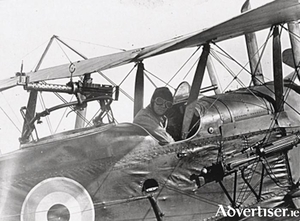
In the decades preceding the 1916 Rising, an extraordinary revolution had already taken place in rural Ireland. The British government had lost its patience with Irish landlords who owned 95 per cent of the land of Ireland (100 percent of county Galway was landlord owned), and had largely squandered their wealth leaving themselves vulnerable to poor harvests, successive seasons of bad weather, and an increasingly impoverished tenantry.


